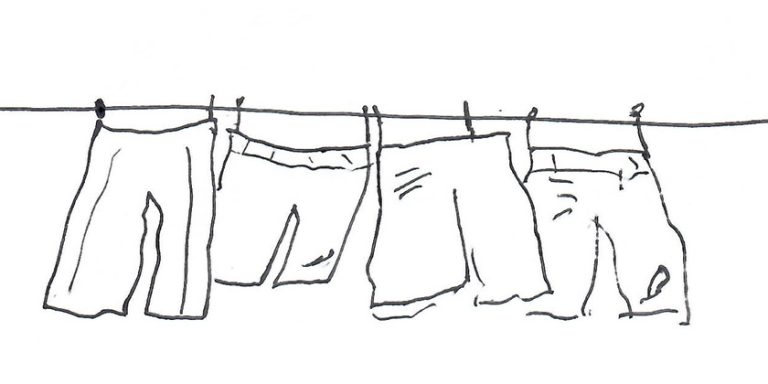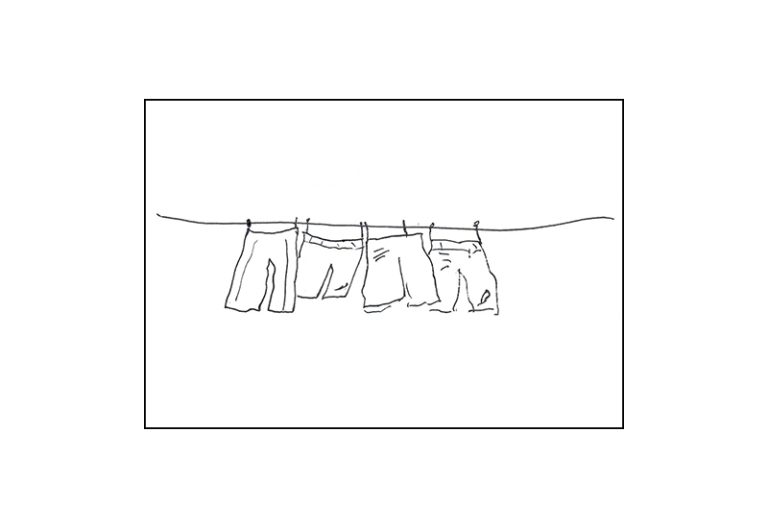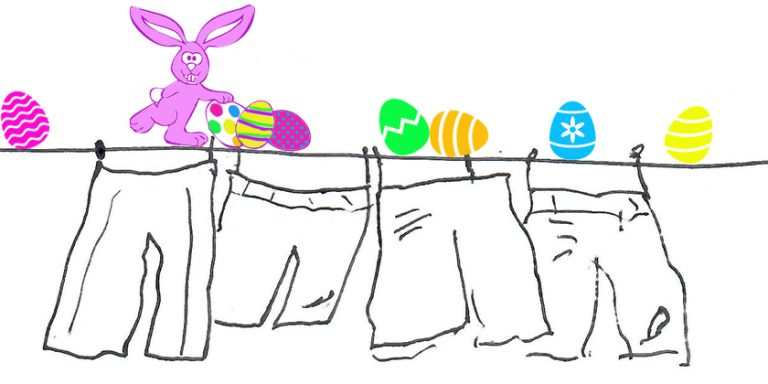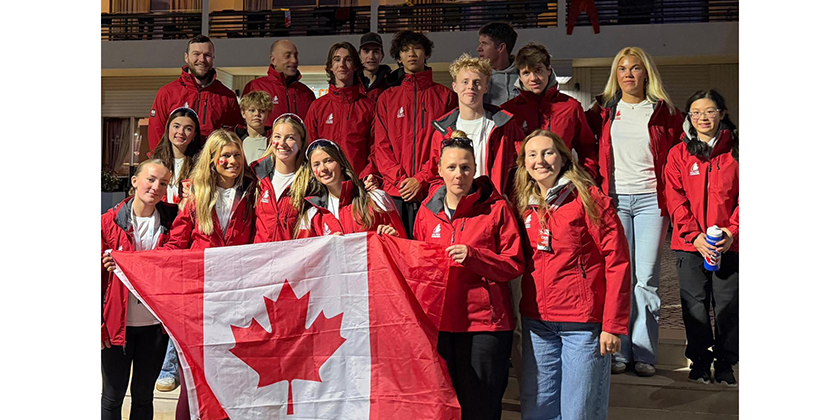Underlayer: The Inside Story
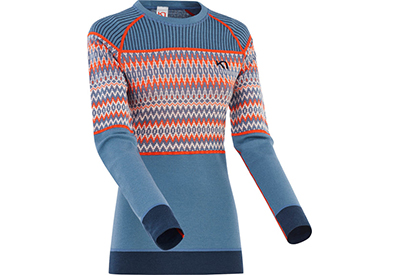
Feb 16, 2022
By Penny Caldwell
Following in the footsteps of my foul weather gear article from the last SinC edition, this time around I will tackle base layers. I can’t stress enough the importance of getting these layers right!
It will probably take you several trips to really figure out what you like and what works for you. However, let me help demystify a few things for you.
Base Layer Wishlist
Just like we discussed with the foul weather gear, you need to determine the type of sailing you will be doing and the anticipated weather you will be out in. For the purposes of this article, I will focus on general purpose cruising base layers for cooler, or shoulder season, sailing.
My wish list includes: warm, breathable, low stink factor, wicking (helps with the low stink), and proper fit. For me personally seams drive me nuts! There’s nothing worse than having a pressure point from a seam. Something to consider when I discuss fit and accessories below.
Base Layer Materials
Base layers tend to be available in three main materials: synthetic fabrics, wool, and silk. Some manufacturers have also created hybrids with these materials, so you may find a wool/synthetic blend.
- Synthetic Fabrics
Polyester tends to be the most common synthetic fabric used for base layers. However, you may find combinations with nylon, rayon or polypropylene. Synthetic fabrics tend to have a bit of a spandex or stretch to them. Synthetic fabrics tend to offer excellent wicking technology and are considered to offer the driest feel out of any type of fabric. However, the stink factor can build up sometimes and they may require frequent washing to keep them fresh. As for durability, that all depends on what you are putting your base layers through, but synthetics tend to be quite durable.
- Wool
Wool is one of my favourite base layer fabrics. It is softer and is a top-notch natural odor fighter, making it a little more forgiving if you’re grinding the winches and breaking a bit of a sweat. Wool will retain a bit of moisture, but not enough to make you cold. It will take a bit longer to dry and won’t feel as dry as synthetic fabric. Wool is not as durable as synthetic and will break down a bit quicker in areas that frequently rub. You can find wool/synthetic blends as well which combine the best of both worlds.
- Silk
Silk is a great fabric for less strenuous activities such as hiking or cooler weather simple outdoor activities. I would not suggest silk for sailing, not even cruising. If you will be out on the boat as more of an observer than a participant, you could definitely get away from it, but silk would not be my first choice for sailing in general. However, it is still available as a base layer fabric, and, who knows, it may be what you are looking for… Silk is very lightweight and can sometimes work well under another layer. However, it is not the most durable and is not naturally odor resistant. Some silks will have an added finish to improve wicking and odor control. Overall, silk can be very comfortable, but is not really rated for moderate to high level activity, so I’d probably avoid it.
Base Layer Weights
Base layers are classified into three categories:
- Lightweight: moderate to cool temps
- Midweight: cool temps
- Heavyweight: below-freezing temps
Now, bearing in mind that sailing happens outside in the wind, you may move down a class to up your warmth factor. I have been known to wear a heavyweight base layer if the winds are high and I think I’ll be up on deck for extended periods of time. I will make sure I have a lower weight option, but I tend to get cold pretty quickly, so I prefer a heavier weight. For some people, that may be too much… this is where you will need to start trying different weights in different types of weather and winds to see what works for you.
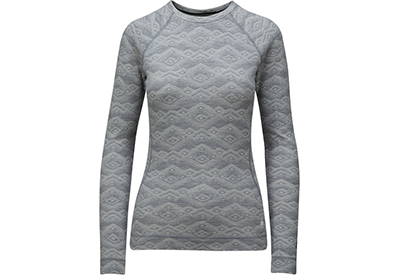 Base Layer Fit
Base Layer Fit
Like everything else we purchase these days, it seems that base layers can also come with “extras”. Whether it be fun coloured stitching, fancy fabric patterns or pockets, there are a couple of things to keep in mind when shopping for base layers.
First off, this layer is going to be right against your skin. So, are the seams double sewn and comfortable? Or are they thick with prickly thready bits? Like I mentioned above, seams can sometimes drive me nuts if they are too thick. You will not get the same amount of stretch from the fabric at the seams, so if you are leaning towards a tighter fit, make sure the seams are not too tight! Also, some of the more athletic base layers – Under Armour Coldgear for instance – looks really awesome, but there are a lot of seams and fabric patches sewn together that can add pressure points. Don’t get me wrong, I have several UA base layer shirts, but they just may not be what I need to wear for sailing. Just like I mentioned with the foul weather gear, you want to be enjoying your sailing adventure, not thinking about how uncomfortable you are!
Lastly, overall fit considerations are important. Does the fabric move with you, or do you feel constrained? Does it ride up (or pants down) every time you move? I haven’t talked much about the different lengths of base layers, but for shirts I like them a bit longer, so they don’t ride up, and then for pants I like ankle length tight pants. For skiing I actually wear capri base layer pants as I don’t want seams inside my ski boots. That’s how picky I am! Some people prefer looser and shorter options. Again, trial and error is needed here, but starting off your journey with the right type and weight of fabric will at least help you manage your body heat and you can learn about what you like for fit from there. Hopefully this article has given you enough information to get you started!
 Penny Caldwell is the owner of Sail Nelson and has been a Sail Canada sailing coach for over 25 years. She is currently completing her Instructor Evaluator Certification and lives in the Kootenay Region of BC with her family. She also hosts a sailing podcast called “Your Pocket Sailing Instructor” where she shares educational sailing information.
Penny Caldwell is the owner of Sail Nelson and has been a Sail Canada sailing coach for over 25 years. She is currently completing her Instructor Evaluator Certification and lives in the Kootenay Region of BC with her family. She also hosts a sailing podcast called “Your Pocket Sailing Instructor” where she shares educational sailing information.

